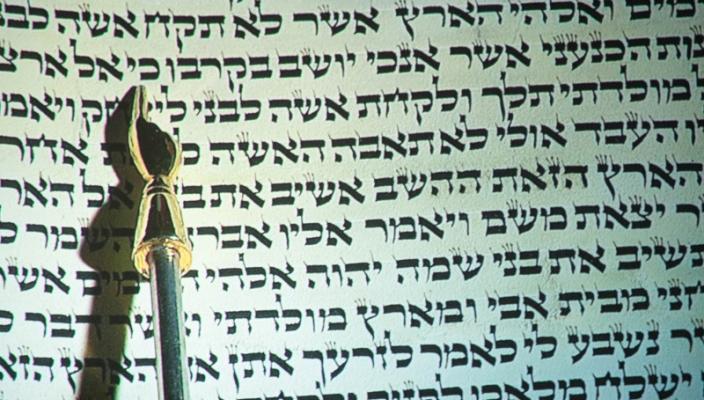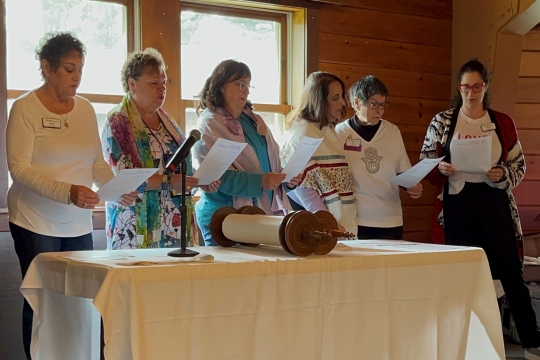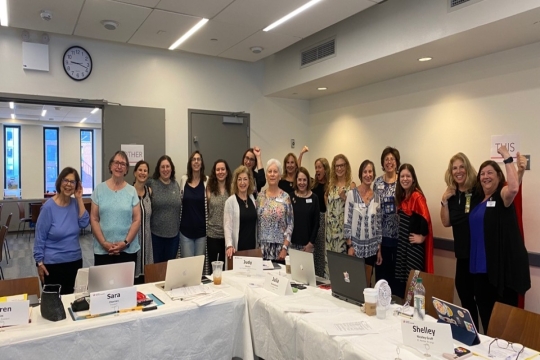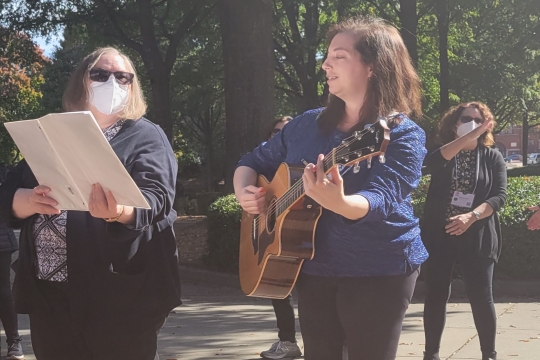
Pesach, or Passover, is the festival of freedom. It commemorates the Israelites exodus from Egypt and their transition from slavery to freedom. We read the Haggadah, a written guide to the Passover seder. We learn why we eat unleavened bread. We eat symbolic foods like charoset, a mixture of nuts, apples, and wine which is made into a paste to symbolize the mortar of the bricks the Israelites made. The bitter herbs such as horseradish reminds us of the pain of slavery, and the saltwater symbolizes the tears of the slaves. We not only tell the story; we consume the story. We recite the ten plagues that God used to punish Pharaoh when he refused to set the Israelites free. We recite the four questions asking why this night is different from all the other nights.
We tell the same story each year, comparing slavery and liberation, from the ancient Jewish struggle to today’s issues revolving around civil rights, human trafficking, immigration, and global justice.
Passover is one of my favorite holidays. We get together with family and friends, eat lots of great food, share stories, and celebrate our history and heritage. There are no gifts to buy and wrap, fancy clothes are not required, and people aged from 1 to 100 are gathered around to share a mutual experience. How sweet this is, to share time with loved ones and God.
I have great memories of this holiday. When I was a child living in Queens, NY, one of my parents would pick up my grandparents from Brooklyn. My mother would cook way too much food (a habit she still has to this day) and my grandfather would ramble on in a strange language until we could finally eat. He never did read anything in English.
My favorite Passover celebrations were when we lived in Florida. We have a great group of friends with whom we celebrated every Jewish holiday together. Passover was our holiday to host. We have lots of copies of the Haggadah and we would all share the telling of the story. One year the first night of Passover was on a Saturday. We started the evening with Havdalah. As you know the candle is made with three wicks and it creates a lot of smoke. The smoke detector went off creating a lot of laughter. When we finally silenced the alarm, our seder continued.
The most meaningful seder to me was in 2006. It was a couple of months before my family was moving to Ohio. Normally we had about 30 or 35 guests, but since this was our last year living in Florida everyone came, including those who usually went to other family’s homes. We were 53 in total. Everyone helped to set up and cook. Our children were still living at home. We read the story of Passover; we sang songs. I still can hear the kids singing Chad Gadya. It’s my favorite Passover song for that reason.
Now living in Ohio, we have different traditions. On the first night of Passover we go to different friends’ homes. On the second night we are with our congregation. Different people, different children, different songs. Always chicken, matzo ball soup, charoset, and matzo. Last year was especially meaningful because our son and now new daughter joined us at our Temple. My new daughter is not a fan of gefilte fish!
However you choose to spend Passover this year, with family or friends, at a traditional or women’s Seder, eating chicken or matzo brie, I wish you a joyous celebration full of love and happiness. L’shana Haba-ah B’Yerushalayim! And in peace!
Lisa Singer is the WRJ Treasurer and a member of Temple Israel Sisterhood in Akron, Ohio. She has served on the North American Board of WRJ since 2013 and on the WRJ Central District Board since 2010.
Related Posts

Parashat Yom Rishon shel Rosh HaShanah

Cultivating a Culture of Accountability and Belonging

